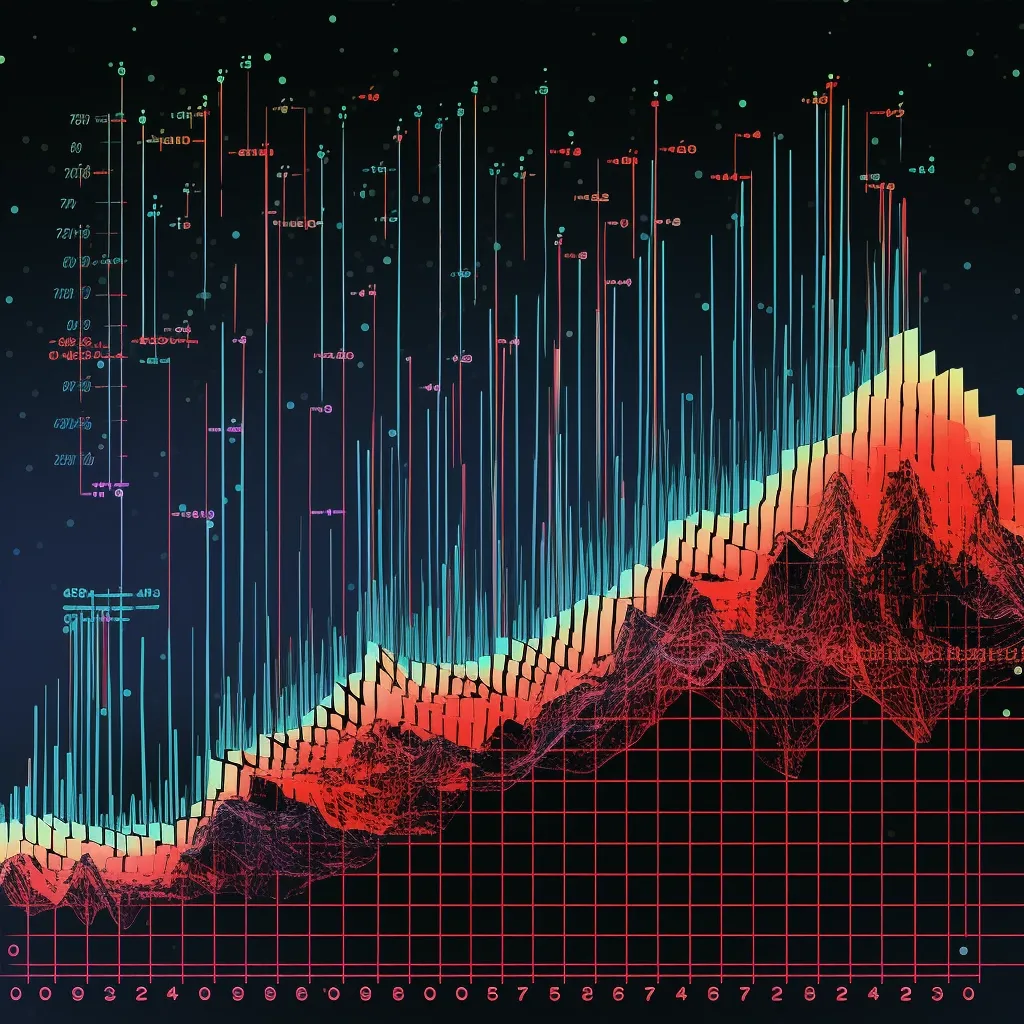

As the calendars turn and we edge closer to 2024, the whispers of economic uncertainty grow louder.
As the calendars turn and we edge closer to 2024, the whispers of economic uncertainty grow louder. With the U.S. economy balancing on a tightrope, the words 'recession' and 'inflation' echo in boardrooms and coffee shops alike. But what is the true extent of this looming threat? This article delves deep into the intricate dance of economic indicators, unravels the complexities of inflation measurement, and forecasts the possible scenarios for 2024, all through a lens of optimism and strategic foresight.

Picture the economy as a delicate ecosystem, where each element plays a crucial role in maintaining equilibrium. Currently, this balance is threatened by potential recessionary winds. Optimistic forecasts paint a picture of resilience, but the reality could be starkly different. We must examine the roots of these challenges, understanding that the economy is not just numbers on a chart but a living, breathing entity that affects each of us.
The inflation benchmark of choice for the mainstream is the Consumer Price Index (CPI), which is calculated by the Bureau of Labor Statistics. The way it is measured and interpreted it can be the difference between a robust economic forecast and a downturn. Traditional inflation metrics like CPI, while they have been around for decades, might not fully capture the nuanced shifts in prices across diverse sectors. It's like trying to understand a symphony by only listening to one instrument.

The Consumer Price Index (CPI), a common tool, is akin to an old map in the age of GPS - somewhat useful, but perhaps not enough. It does not fully reflect the impact of rising prices on average households. This underestimation is like a mirage of economic stability, masking the vulnerabilities simmering beneath the surface.
In a bid to tame the inflation dragon, the Federal Reserve might raise interest rates, crossing the 5.25% mark. While this move is like a doctor prescribing medicine, the side effects – dampened consumer spending and hesitant business investments – could be equally potent. These high rates, though intended to cool inflation, might end up freezing economic growth.
The domino effect of high interest rates could topple more than just spending habits. Contrary to the positive unemployment number prints that have been released over the course of the year, it is becoming clear that they are not accurate. This is made clear by the fact that a majority of the jobs report that have been released this year have been revised downward in the two months after they were initially released. Jobless claims aren’t just a statistic – they represent livelihoods and dreams being put on hold. The blend of reduced spending and potential job losses creates a cocktail that could push the economy into a recession.
So, what does 2024 hold? The crystal ball shows a blend of high inflation, potentially misinterpreted, colliding with a weakening job market and economic activity. The shadow of recession looms larger than some might admit. It’s not just a recession; it’s a potential crossroads for the U.S. economy.
If these predictions materialize, the ripples will be felt far and wide. An economic slowdown paired with persistent, possibly underestimated inflation could mark a prolonged period of hardship. This isn’t just about numbers; it’s about the everyday lives of millions who might face the brunt of this economic turbulence.
As we stand at this pivotal moment, it’s crucial to craft refined economic strategies. Recognizing and remedying the shortcomings in current approaches to inflation measurement and economic policy is not just advisable – it’s imperative. Steering the economy away from a downturn requires more than just good intentions; it needs a blend of expertise, innovation, and a deep understanding of the economic landscape. The road ahead is challenging, but with the right strategies, it's a journey we can navigate successfully.